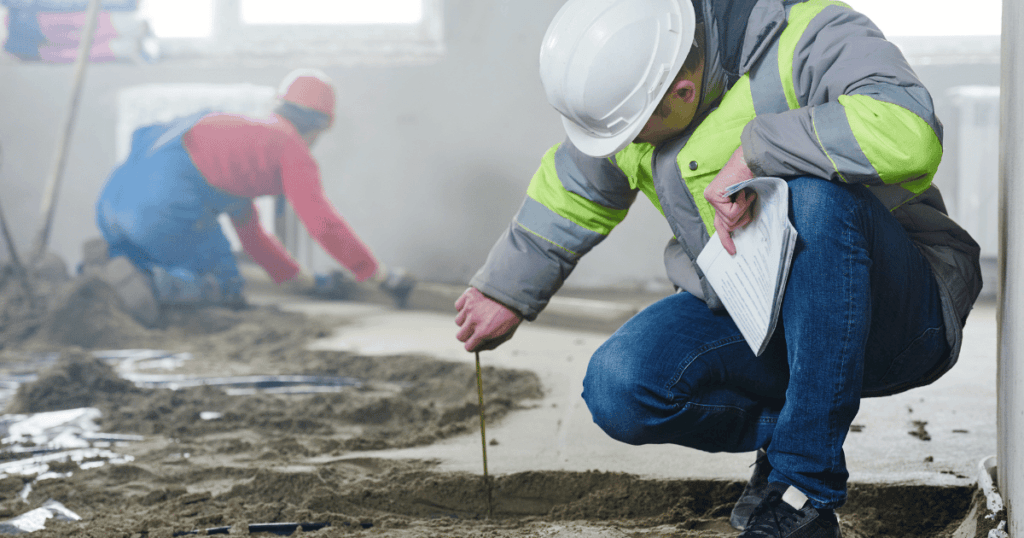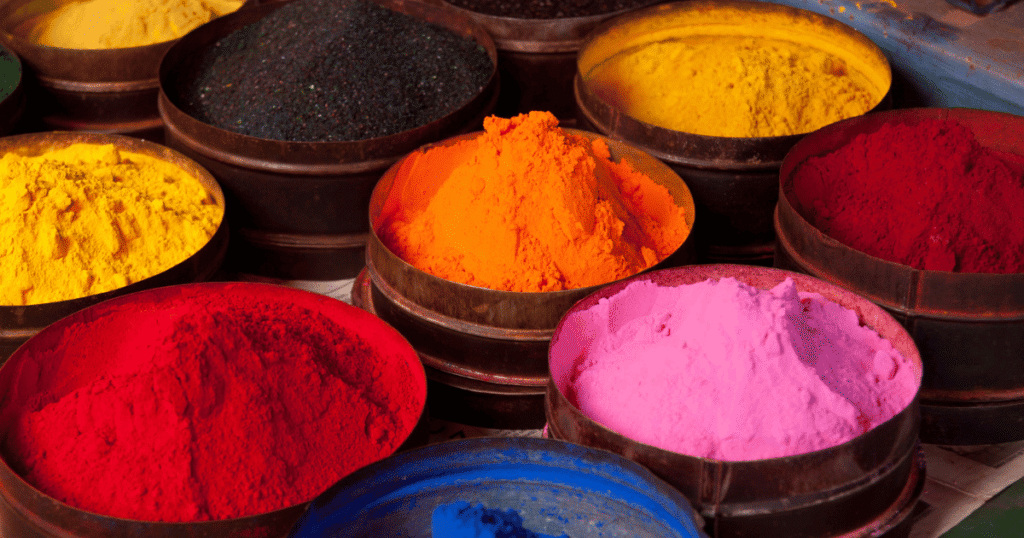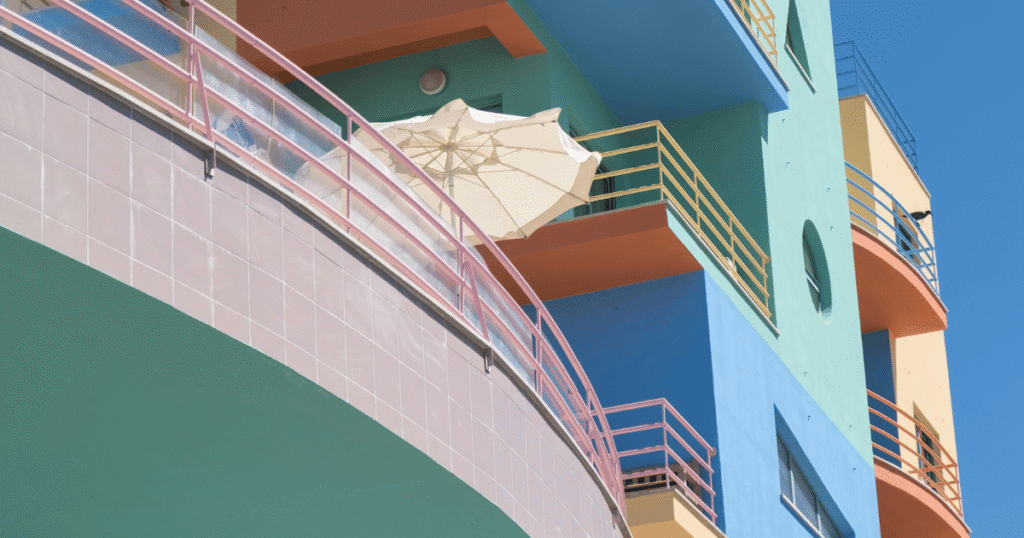When mixing concrete for the first time, beginners often fall into some common traps that can lead to weak, crumbly, or even completely failed concrete.
In today’s post, I’ll walk through the most common mistakes people make when mixing concrete and how to avoid them.
1. Not Understanding The Mix Ratio
The most common mistake, hands down, is ignoring or guessing the mix ratio.
When mixing concrete, the ratio of cement, sand, gravel, and water needs to be precise.
A typical concrete mix ratio might look like this:
- 1 part cement
- 2 parts sand
- 4 parts gravel
- 0.5 parts water (adjusted based on humidity and material moisture)
When you go off-ratio, even just a little, your concrete might end up too brittle or won’t cure properly.
Pro tip: Use a measuring bucket or container to keep your ratios consistent. Don’t just eyeball it.
2. Adding To Much Water To Concrete
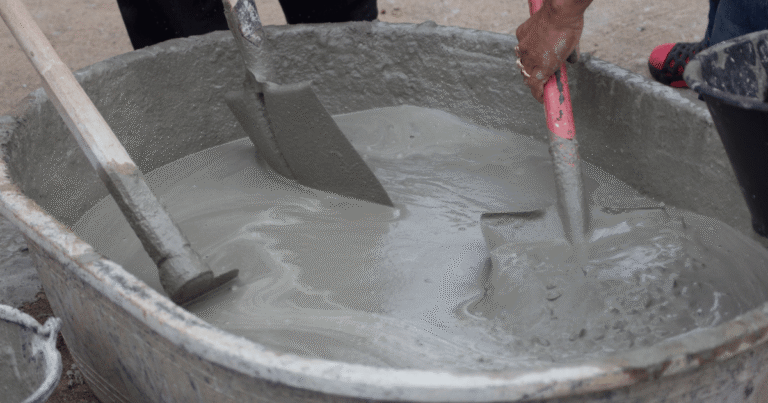
A huge mistake that beginners make when mixing concrete is adding way too much water.
Yes, water is necessary, it’s what activates the cement and allows everything to bind together, but more water doesn’t mean better or smoother concrete.
Too much water in concrete can:
- Weaken the mix
- Make the concrete prone to cracking
- Cause it to take longer to set
- Create surface dusting and flaky patches
Your mix should be thick and workable, kind of like thick oatmeal or peanut butter. Not soupy.
Pro tip: Once you have added about 90% of the water you need (the Concrete should almost look creamy enough), just add small amounts of water to fine-tune the concrete to the consistency you need.
3. Not Mixing The Concrete Long Enough
You can’t just stir it a few times and expect it to be ready. Concrete takes a little time to fully mix, especially if you’re doing it by hand.
When mixing concrete, aim to mix for at least 3 to 5 minutes until everything looks evenly combined.
There shouldn’t be any dry patches of powder or overly wet spots.
Signs your concrete is not mixed well:
- Uneven color
- Pools of water on top
- Dry pockets hiding at the bottom of the wheelbarrow or mixer
4. Working To Slowly
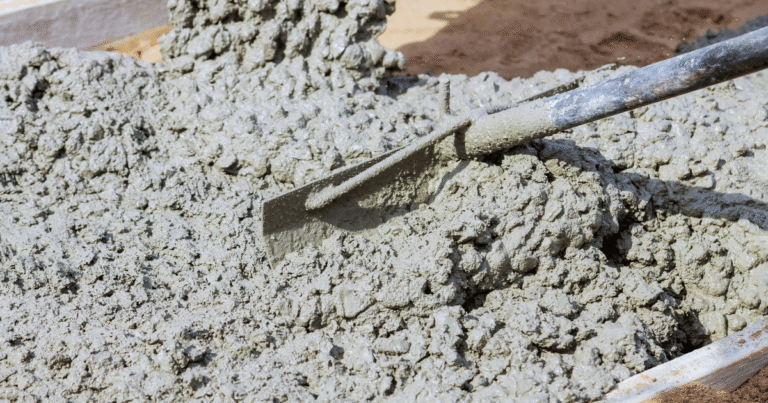
Time is ticking as soon as water hits the mix. Concrete doesn’t wait for anyone.
If you’re not ready to pour within 30–60 minutes, your mix might already be setting, especially in warm weather.
Here’s how to work faster:
- Prep your area before mixing – get your forms, tools, and workspace ready.
- Only mix what you can pour in 20–30 minutes.
- Avoid distractions – once you start, keep moving.
Pro tip: If you have a helper, have 1 person mixing while the other is placing the concrete.
5. Ignoring Weather Conditions
The weather plays a bigger role than you might think when mixing concrete. Too hot? It dries too fast. Too cold? It might not cure at all.
Weather do’s and don’ts:
- In hot weather, use cold water and work in the shade if possible.
- In cold weather, use warm water and consider an additive to help it set.
- Avoid pouring in rain, snow, or direct blazing sun.
Curing concrete properly depends a lot on the environment you’re working in.
Pro tip: If pouring concrete onto dry, hard dirt, spray the ground before pouring. Super dry dirt will soak up the water from your concrete at a very fast pace. This can cause concrete cracks, uneven drying, and/or weak concrete.
6. Not Letting Concrete Cure Properly
Mixing is just one piece of the puzzle. Letting concrete cure properly is what gives it its strength and durability.
Rushing this step is one of the most damaging mistakes beginners make.
Don’t:
- Walk on it too early
- Let it dry out too fast
- Skip the curing process altogether
Do:
- Keep the surface moist for at least 48 hours
- Cover with plastic or a curing blanket
- Wait a full 28 days for maximum strength (yes, really!)
If you’ve gone through the trouble of mixing concrete properly, don’t sabotage it at the end.
>>> Check Out Our Concrete Curing Time Chart
Quick Recap: 6 Mistakes To Avoid When Mixing Concrete
Here’s a quick look at the major pitfalls to avoid:
- Guessing the mix ratio
- Adding too much water
- Not mixing thoroughly
- Taking too long to pour
- Ignoring the weather
- Skipping or rushing the curing process
Avoid these, and your concrete project will stand the test of time (and weather, and foot traffic).
Final Thoughts
When mixing concrete, it’s easy to think “close enough” is good enough. But if you want results that last, accuracy matters.
Take your time, measure properly, prep your area, and respect the curing process.
It might not be glamorous work, but good concrete is the foundation for tons of successful DIY and professional projects.
Next time you are fixing a sidewalk, building a fence base, or laying a patio, keeping these tips in mind will save you time, money, and frustration down the road.



